-
NewsPublication date
12/05/17
website
miesarch.com Emerging architect MIES AWARD 2017 : Navez Housing by MSA/V+
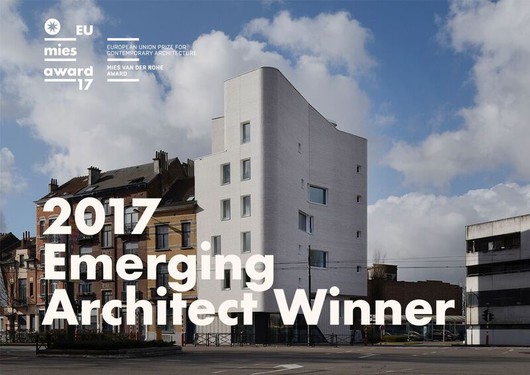 Housing Navez, by MSA and V+© Serge Brison
Housing Navez, by MSA and V+© Serge Brison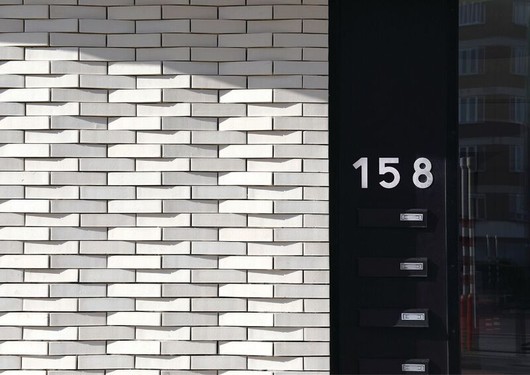 Housing Navez, by MSA and V+© Serge Brison
Housing Navez, by MSA and V+© Serge Brison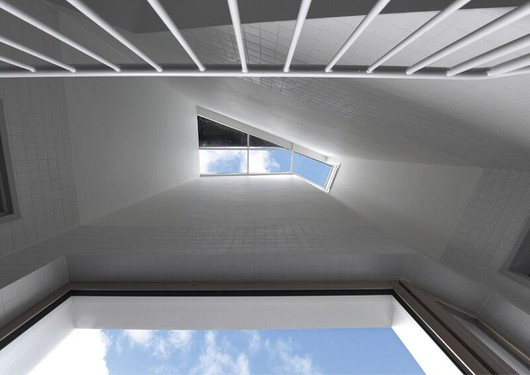 Housing Navez, by MSA and V+© Serge Brison
Housing Navez, by MSA and V+© Serge Brison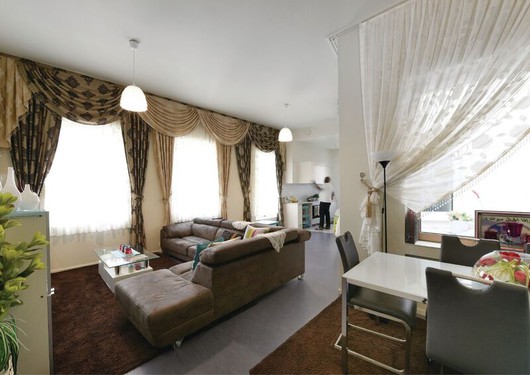 Housing Navez, by MSA and V+© Serge Brison
Housing Navez, by MSA and V+© Serge Brison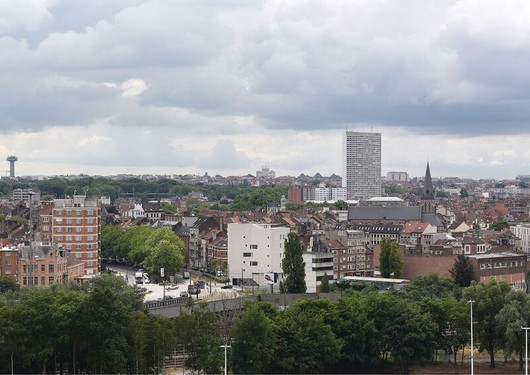 Housing Navez, by MSA and V+© Serge Brison
Housing Navez, by MSA and V+© Serge Brison
On Friday 12th May 2017, in Brussels, the European Commission and the Mies van der Rohe Foundation announced the names of the two winners of the European Prize for contemporary architecture 2017 – the Mies van der Rohe Award. This Award is presented every two years to recognise and reward representative examples of architectural quality in Europe. The main award is complemented by the Special Award for the Emerging Architect. The aim of the Mies van der Rohe Award is to promote excellence in architecture by focusing attention on the contributions made by European professionals in the development of new architectural, technical and technological concepts. The Award is supported by a network of architectural institutions and by a committee of experts and architectural associations. It is organized jointly by the European Commission and the Mies van der Rohe Foundation and supported by a network of architecture institutions, as well as a committee of experts and architecture associations.
The 7 members of the judging panel – Stephen Bates (GB), Gonçalo Byrne (PT), Peter Cachola Schmal (DE), Pelin Derviş (TR), Dominique Jakob (FR), Juulia Kauste (FI) and Małgorzata Omilanowska (PL) – elected as “Emerging Project Architect” the Navez Social Housing Complex in Schaerbeek, designed by the French-speaking Belgian architects from MSA, in temporary association with V+, as part of the redevelopment contract (“Contrat de quartier”) for the Navez-Portaels district in Brussels. The sructural engineering study of the project has been realized by Ney & Partners.
Both 2017 Prizes reward projects of collective housing with social dimension which, according to Anna Ramos, have a "heroic and ordinary" approach. The Jury conveyed that housing is a vital topic throughout Europe and felt that MSA/V+ understood well and solved brilliantly the constructive and economic constraints of the programme and its site: 5 flats in a very small corner at the northern entrance of the city of Brussels. The Jury appreciated the high quality of the flats, which are unique and all provided with natural light from all orientations, outdoor spaces, impressive views and dynamic spatial experiences both in common and private spaces. They also recognised that the architects had carefully and meticulously worked with the integration of the building in the neighbourhood and the request to create a landmark.
This is the first time since the Mies van der Rohe Award was created in 1988 that a Belgian architectural firm has won one of the two prizes awarded in the context of this initiative. During the previous editions, two other Belgian projects were selected among the finalists: the Stadshal of Gent by Paul Robbrecht, Hilde Daem and Marie-José Van Hee (2013) and the Theater voor Jong Publiek Bronks by MDMA - Martine De Maeseneer Architecten (2011).
The winning project for the 2017 Award was deFlat Kleiburg in Amsterdam, by NL Architects and XVW architectuur. The 4 other finalists were Ely Court in London (RU) by Alison Brooks Architects; Kannikegården in Ribe (DK) by Lundgaard&Tranberg Architects; Katyn Museum in Warsaw (PL) by BBGK Architekci, Jerzy Kalina et Maksa, and Rivesaltes (FR) Memorial Museum by Rudy Ricciotti.
The travelling exhibition showcasing the 40 preselected European projects this year includes another proposal representing Belgium, also created by a French-speaking firm of Belgian architects. This is the ADEPS Sports Centre, Multipurpose Infrastructure, in Spa, designed by Baukunst. As in the previous editions, the exhibition will be presented at BOZAR Brussels, from September 8th till October 22nd.
This accolade recognises the growing quality of the architectural production generated by firms in French-speaking Belgium, supported by public authorities in their policies to promote the quality of architectural demonstrated in the Brussels Capital Region over the past twenty years or more in District Commissions – as illustrated by the Navez housing project – and in the Wallonia-Brussels Federation through the action of the Architecture Unit – as illustrated by the ADEPS Sports Centre in Spa. MSA, V+ and Baukunst are currently being promoted internationally as architectural firms through the travelling exhibitions created by Wallonie-Bruxelles Architectures (WBA), an international agency promoting architects from Wallonia and Brussels, founded by the Wallonia-Brussels Federation and Wallonie-Bruxelles International. The Navez housing complex was also awarded the Public Contracting Prize 2015 from the Wallonia-Brussels Federation, in the category for “Public Housing”.
MSA, V + and Baukunst are currently internationally promoted through itinerant exhibitions created by WBA, agency of international promotion of the architects of Wallonia and Brussels, created seven years ago by the Wallonia-Brussels Federation and Wallonia-Brussels International.
The press conference presenting the two winners was held at 10.30 am on Friday 12th May at the Citroën Garage in Brussels, a forthcoming museum of 35,000 m2 dedicated to architecture and modern and contemporary art in Brussels.
A visit of Navez Housing by MSA/V+ is organized for the press on Tuesday May 23rd at 3 pm. Discover a critic of the project by Nathalie Cobbaut and a video about it.
The Award presentation ceremony will be held at the Mies van der Rohe Pavilion in Barcelona on 26th May.
Link photos Navez MSA/V+ by Serge Brison.
Contact WBA: Aurore Boraczek
Architecture is a slow process that adapts to social, political and economic changes. The Prize seeks to to recognise European architecture in conceptual, social, cultural, technical and constructive terms. It highlights the European city as a model for the sustainably smart city, contributing to a sustainable European economy and promotes transnational architectural commissions throughout Europe and abroad. It also aims at increasing the incorporation of architectural professionals from the EU Member States and those countries that conclude an agreement with the EU, at cultivating future clients and promoters, finding business opportunities in a broader global market and highlighting the involvement of the European Union in supporting architecture as an important element that reflects both the diversity of European architectural expression and its role as a unifying element to define a common European culture.
Download

Wallonie-Bruxelles Architectures est une agence de promotion
culturelle et économique des architectes de Bruxelles et
de Wallonie sur la scène internationale.
Home  News
News  Emerging architect MIES AWARD 2017 : Navez Housing by MSA/V+
Emerging architect MIES AWARD 2017 : Navez Housing by MSA/V+
